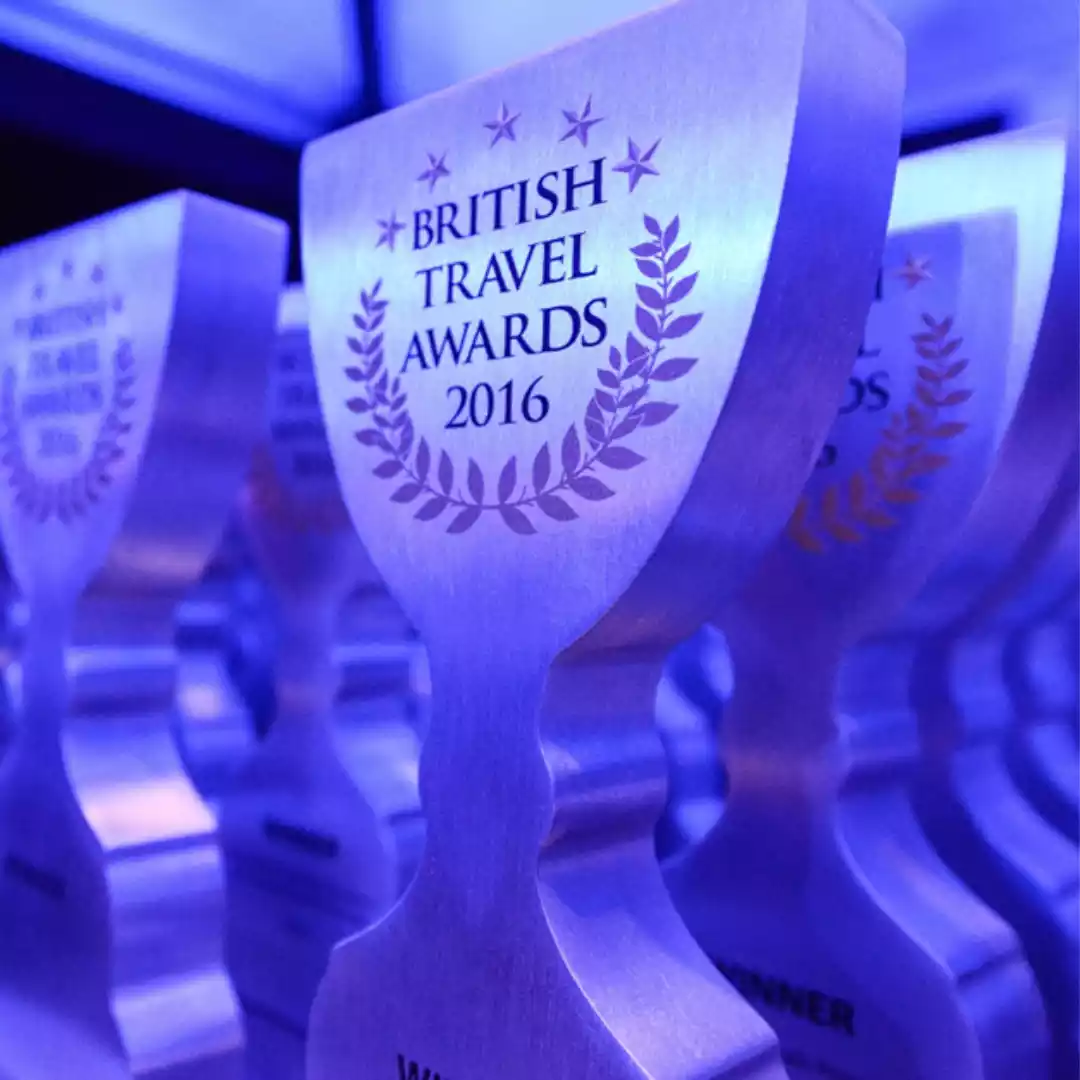There are a huge range of resorts and piste types to choose from whilst you’re thinking ahead and planning your winter sports holiday. Ideally, you need to be able to decide what type of winter sports holiday you need and whether the resorts you’re looking at will suit you.
Where?
European ski resorts are famed for their beautiful chalets and great atmosphere, and with several of them spread across the sprawling and highly-rated Alps mountain range, you have plenty to choose from – over 41 countries with multiple ski resorts in each. Europe obviously also offers the convenience and comfort of being closer to home which can be better if you have a younger family, as travelling with children for longer periods of time, like a trip to America, can be difficult as they become tired and bored quickly.
American ski resorts are admired worldwide for their world-class skiing and snowboarding quality. Top instructors can teach you if you’re inexperienced and there is a huge variety of runs no matter what your ability. With over 427 resorts in the US alone, it can be well worth the extra expense for a visit you’re not likely to forget.
How much?
Knowing how much you’re willing to spend on your holiday, how much you can afford and how much you can get for your money are also really important things to think about whilst browsing for a winter sports holiday.
All ski resorts know they can vary their prices throughout the year dependent on peak, off-peak and quality snow seasons. Almost all of them will hike up their prices during peak seasons, so you can save a lot of money by booking around these times. Pay attention to the weather predictions as if you’re booking at the bottom of off-peak season, you’ll want to make sure the snow is still good, or even still there!
Booking as a group is a great way to get discounted prices, and it’s usually a case of the more the merrier! Accommodation is particularly cheap when you book as a group, as you can usually book a larger chalet and it’ll cost less per head than separate smaller chalets or individual hotel rooms. Self-catering is a good option if you want to keep the cost down too.
Looking at chalets and packages outside of the usual European and American resort clusters is a good idea too. Places such as Eastern Europe; Bulgaria, Poland and Slovakia all offer cheaper and alternative destinations for a good and usually affordable price.
What’s your skill level?
Going on a winter sports holiday and hitting the slopes feeling unsteady and very uneasy can be really overwhelming, and you won’t be able to learn properly on an advanced or even intermediate slope as it’s important you grasp the basics of what you’re doing, but also that you make sure you’re doing it safely. Look for resorts with nursery or beginner slopes, you may even be able to join the schools there and learn within a larger group, or alternatively hire out a private instructor.
If you’ve done this all before, then just make sure the resorts you’re looking at have enough variety of slopes and that there are a few more slopes that are challenging enough for you to conquer. A sense of achievement really adds to the holiday.
The 2014 Sochi Winter Paralympics made us all more aware of the growing numbers of sports which are available to those with varying disabilities. The games showed that there truly is no limit to what the human body can achieve, especially when involved in intense sports performed on snow or ice.
The venture of vast snow-covered scenery by people with disabilities is hugely challenging, with safety and stability to be put first and foremost. However, with determination and a little innovation, a handicap or disability can be easily overcome in order to have the same winter sports fun as everyone else on the piste. So what’s available?
Skiing
Depending on your disability and your requirements, there are several variations on the standard ski. For example, the dual-ski pilot involves you being seated on an articulated seat, on top of dual short skis, pushed and directed by a pilot, who doesn’t have to be specially trained, just a confident enough skier to ‘pilot’ you down the run.
The Kartski is another alternative, offering skiers the opportunity to ski independently with the use of their upper arms but do not have enough balance for skiing. The skier sits on a harnessed seat and steers the Kartski with handles on each side for navigation and braking.
The Uniski and Dualski are also both different variations on the sit-ski, and are similar to the pilot and the Kartski. As the names would suggest, the Uniski only have one ski, whereas the Dualski has two, and the skier uses ski poles to gain speed and change direction.
Snowboarding
Adaptive snowboarding refers to a modified version of the original snowboarding sport, with changes in rules, equipment and some technical specifications which allow people with physical disabilities to participate in both recreational and competitive snowboarding. It involves an ‘outrigger’, a board with a handle attached for balance, and sometimes a pilot, but the adaptive snowboarding equipment depends entirely on the ingenuity and creativity of the specialist instructors at the resort, many who customise their own equipment in order to provide for those with disabilities.Appropriate equipment is ability-oriented and based on whether a student has sufficient balance and strength to ride vertically.
Winter sports are some of the most adrenaline-inducing out there and there’s something for everyone. From snowboarding and skiing to ice-skating and snow-shoeing – you can even go down a mountain on a big inflatable ring- any sports enthusiast can get involved. When is there a better time to experience new things than on holiday?
To join in, you don’t even have to necessarily have to buy your own equipment, many resorts and centres can provide you with their own hired stuff – definitely cheaper than buying your own.
Don’t feel limited to one sport
Don’t feel like you can’t branch out and experience something different. If you buy gloves, goggles and a hat, you can pretty much try any sport you want to have a go at. However, for all high-adrenaline sports, it’s a good idea not to skimp on the equipment and the high quality stuff is likely to keep you safer.
Snowboarding
Snowboarding has become one of the most popular winter sports as it’s relatively easy to pick up for beginners. To cover the basic essentials you need for snowboarding, you’ll have to invest in a snowboard, snowboard boots, bindings, trousers, a jacket, goggles and other warm winter gear such as hats and gloves.
Skiing
One of the oldest winter sports, skiing is second in popularity to snowboarding and requires some level of experience before you head to the top to ski back down. When you go skiing, you’ll need a set of skis, ski boots and winter sports gear similar to the snowboarding attire – a warm, waterproof jacket and pair of trousers, goggles, a hat and some gloves.
Snowshoeing
If you just want to get out and explore the snowy terrain. Snow shoes allow you to walk across feet-deep snow without sinking. If you’re just going on a holiday in snowy climate, these are ideal to take in order to explore and enjoy the outdoors further than you could without them. For snowshoeing, you just need some snowshoes, bindings and your warm, waterproof winter jacket, trousers, hat and gloves as mentioned above. If you want a sporty slant on snowshoeing, opt for some running snowshoes or backcountry snowshoes for a more adrenaline-pumping experience in the wintery climate.
Ice skating
Ice skating is the winter sport which everyone participates in at one point or another. Moving across the ice at a fast but graceful pace becomes really enjoyable after you’ve let go of the side of the rink…or someone’s arm. Make sure when you buy ice skates, that you’ve bought the right type as they vary. Figure skates are designed for manoeuvrability, speed skates are built for exactly that and ice hockey skates have a small pick in their tip to allow players to make quick stops or changes in direction. Make sure your ice skates have been sharpened. A sharp ice skate blade grips the ice better than a dull one. Ideally, you should sharpen your blades when they begin to slip when you land. You could measure the number of hours it takes for your blades to become dull and then you’ll have an idea of how long you can skate for without any surprises.
Sledding
Sledding is great winter fun for the whole family and there are a whole different number of sled types to choose from. A straight shot down the snowy hill requires a toboggan, but if you want a quick, wild and bouncy ride, you’ll have to opt for the plastic sled. Some resorts have special sled sections and some sledding hills have tugging lifts so you don’t even have to get up, but you can also sled almost anywhere there is a slope. Make sure you pick out a sled or a snow tube (a large inflatable ring) with enough seats for your number of riders and start sledding.




